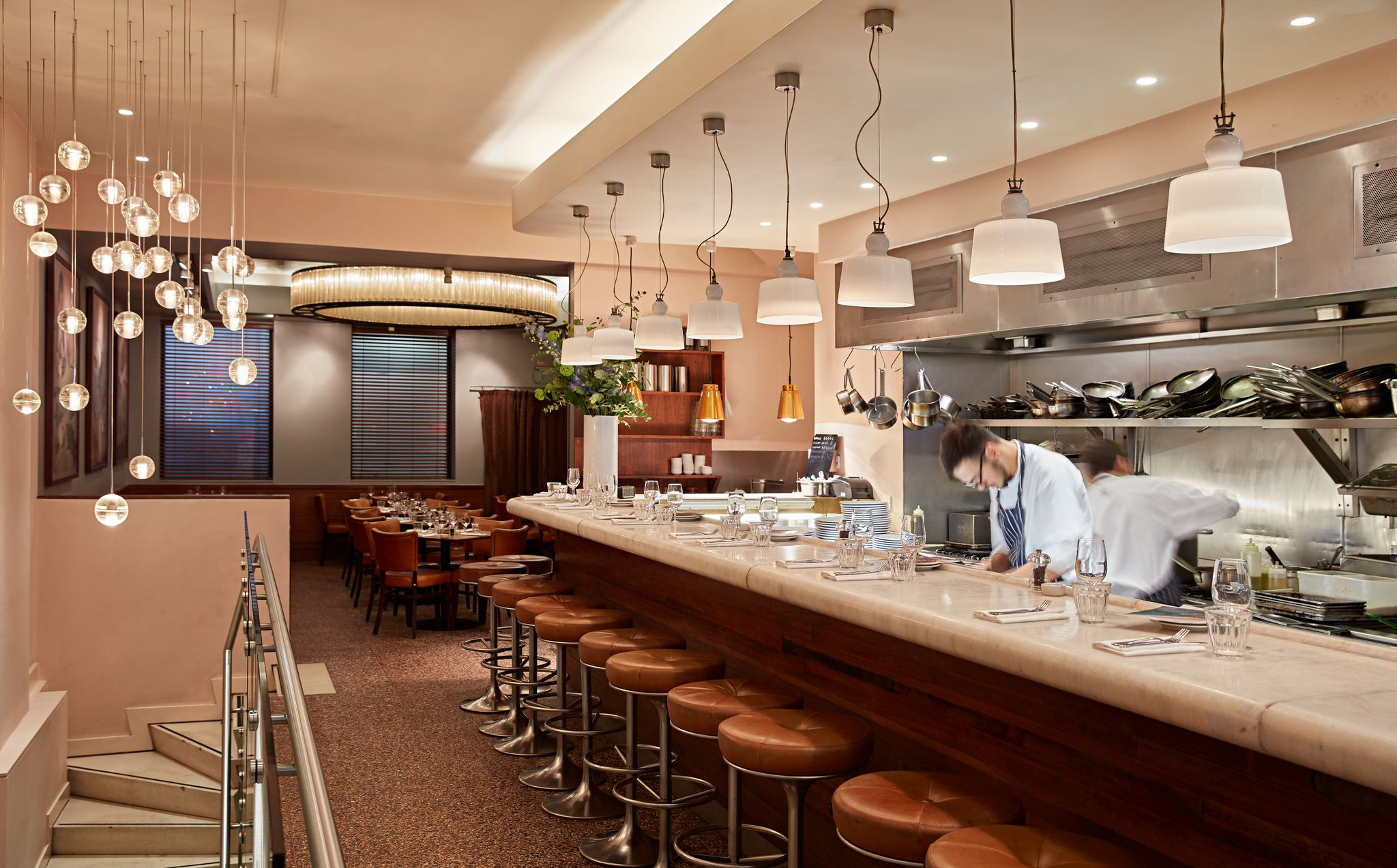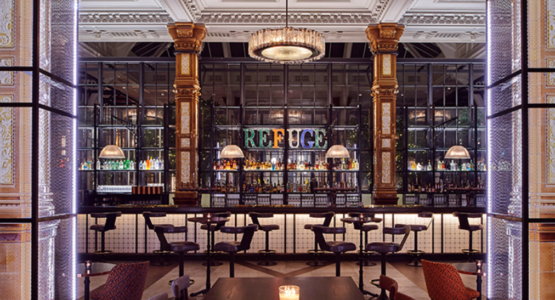Jacob Kenedy (1999) is a chef and owner of Bocca di Lupo, Gelupo and Plaquemine Lock and author of BOCCA, The Geometry of Pasta and Gelupo Gelato cookbooks. In September 2022 he was a judge on an episode of Celebrity Masterchef. Here he tells us about his culinary inspirations and the motivations behind each of his eateries.
I was born in canalside Angel Islington, London, to a cellist father (David Kenedy) and painter mother (Haidee Becker). They nurtured freedom, love and self-belief in me – and a prodigious appetite. Both remain wonderful cooks in their now separate homes. My mum’s kitchen draws from Italy (where she grew up), and the Levant (she is half Jewish, and leans to that side). My father’s kitchen also draws from Italy (my parents honeymooned there), and Hungary (where his parents were from). I grew up with a particular form of gluttony that I maintain today: if something is delicious, I want to, can and do eat a lot of it. I loved cooking, and love it still: to me, cooking for someone is the second most primal act of love we can offer.

Growing up I leaned towards biological sciences (and chose a similar path for my NatSci degree at St John’s) – I love the natural world and, while I am not vegetarian, do carry a sense of ecological guilt at the volume of meat and fish I serve through my work. I nearly became a glassblower (I was on the cusp of a commercial artisan contract when I discovered cooking in my gap year), and was for some time a semi-professional DJ and percussionist (mostly during my time at Cambridge and a little after, running club nights as a student, winning a Virgin music DJ award, performing at Heaven and Up! in London and at the EndUp in San Francisco). I cooked at home a lot (A LOT). My parents – mum in particular – had spent my childhood encouraging me to try out different things (hence the percussion, and certainly the glassblowing). It was just before commencing this glass contract for Conran in my gap year that my mum suggested I ask the chefs at Moro (Exmouth Market, London) if I could spend a week in their kitchen. Sam and Sam, for some reason, admitted me – and I was hooked.
The kitchen, especially that of Moro, which was run as a family of brigands rather than a formal brigade, is a place of bonding and co-operation. It was where I explored becoming a young adult, found my voice and identity and confidence. I blossomed and spent six months at Moro followed by six months at Boulevard in San Francisco under Nancy Oakes. I spent most of the next eight or nine years in one or other of those two kitchens, or working on cookbooks for my mentors, between studying and travelling and growing up and trying not to.
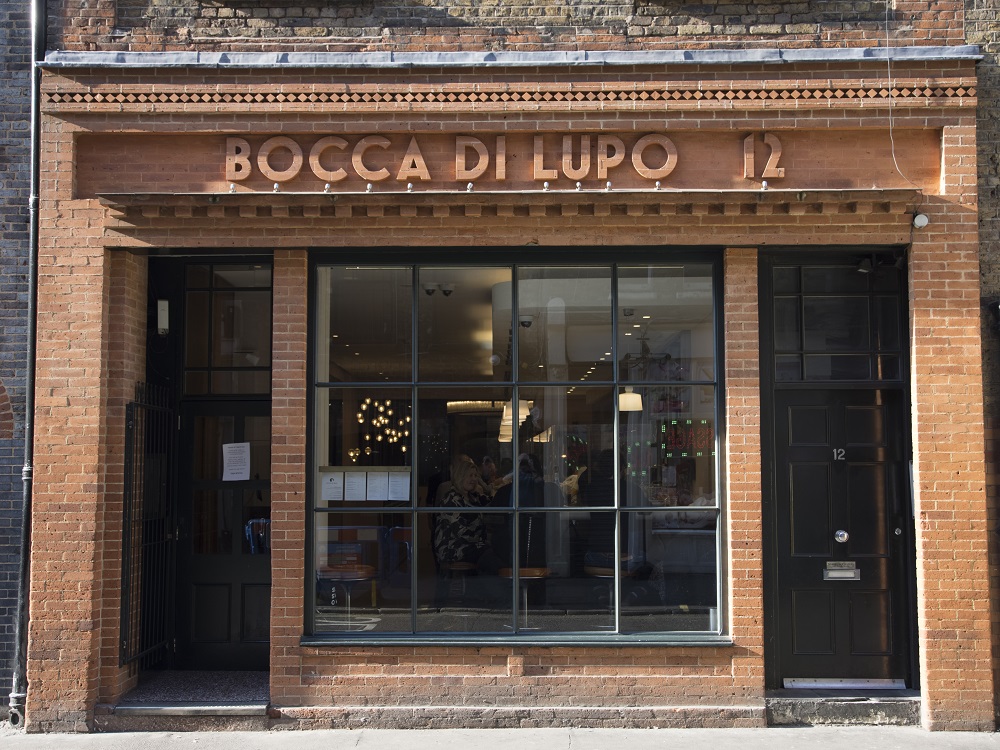
It was during one particularly long period of travel – a year travelling around Italy with my then partner, and later business partner – that I had an epiphany: I got really, really excited getting on the plane because of what I knew I’d eat on the other side. Later, I’d spend about a year considering the identity for my first restaurant before recalling that sense of eager anticipation for Italian food as Italians do it. My trip around Italy had taught me that there is no Italian cuisine – but a collection of 20 distinct and wonderful regional cuisines, each itself a tapestry of more local, sub-regional and ultimately unique-to-each-family kitchens.
I opened Bocca di Lupo in 2008 with an aim – though at the time I didn’t have a word for it – to disrupt. To break the illusion of Italian food as one cuisine, and to celebrate the country’s delicious diversity. The restaurant succeeded in this aim, but also accidentally founded the small plates movement – the concept of small plates beyond Tapas and Dim Sum and Sushi – as an acceptable format for any menu. I didn’t mean to: I had, in designing my menu, struggled to find a way that I could offer a plate of fried calamari, or fish carpaccio, or grilled sausages as a starter or main as the customer preferred – or to offer cuts of meat or whole fish without sauce and without sides. The solution I arrived at was to offer pretty much everything as a choice of small or large. And the outcome was a flexibility to ordering and eating that has spread and grown beyond its original bounds.
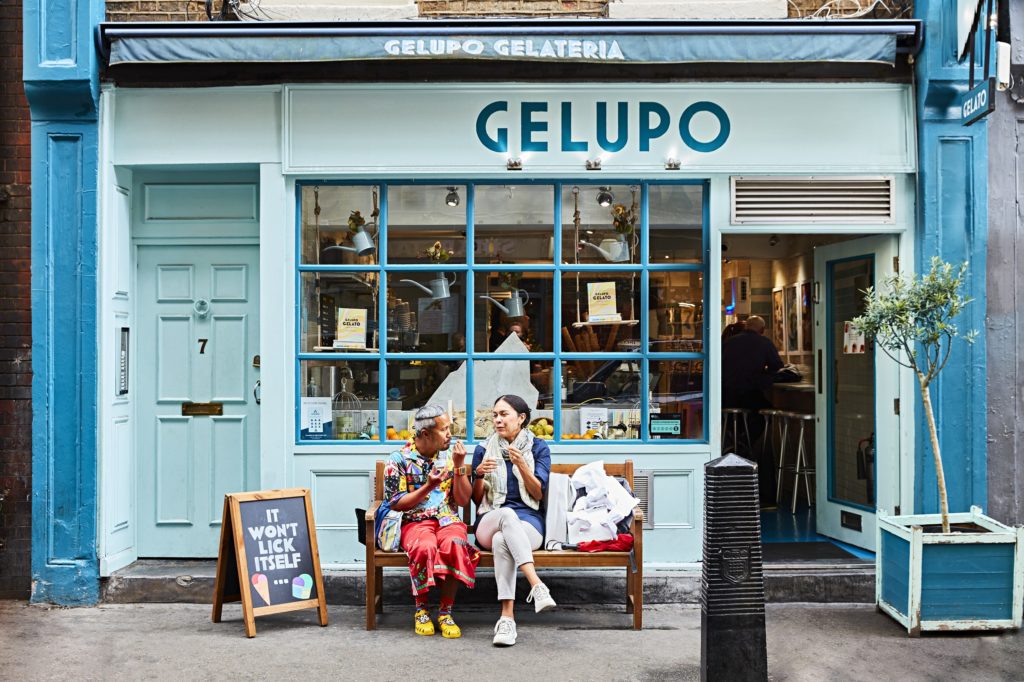
Bocca di Lupo has, to date, flourished. In 2010 I opened Gelupo across the street – a gelateria as proud as the restaurant, its childish sibling. It shares many of the same principles – unwaveringly authentic, passionate about sourcing and obsessive about flavour. However, where Bocca di Lupo is an adult that welcomes kids, Gelupo invites all who enter to find and embrace their inner child. Later, I reached out to my grand-maternal roots in Louisiana – my Hollywood starlet grandmother, Ginny, was from a town called Plaquemine near Baton Rouge. I opened Plaquemine Lock in 2017, in a derelict pub immediately across the canal from my birth home. The pub serves Louisianian cuisines – Cajun and Creole – alongside New Orleans cocktails, live jazz and British beer. As with all I seem to do it is inspired by my heritage, and its purpose is to enhance and celebrate the connections between the individuals that come together there.
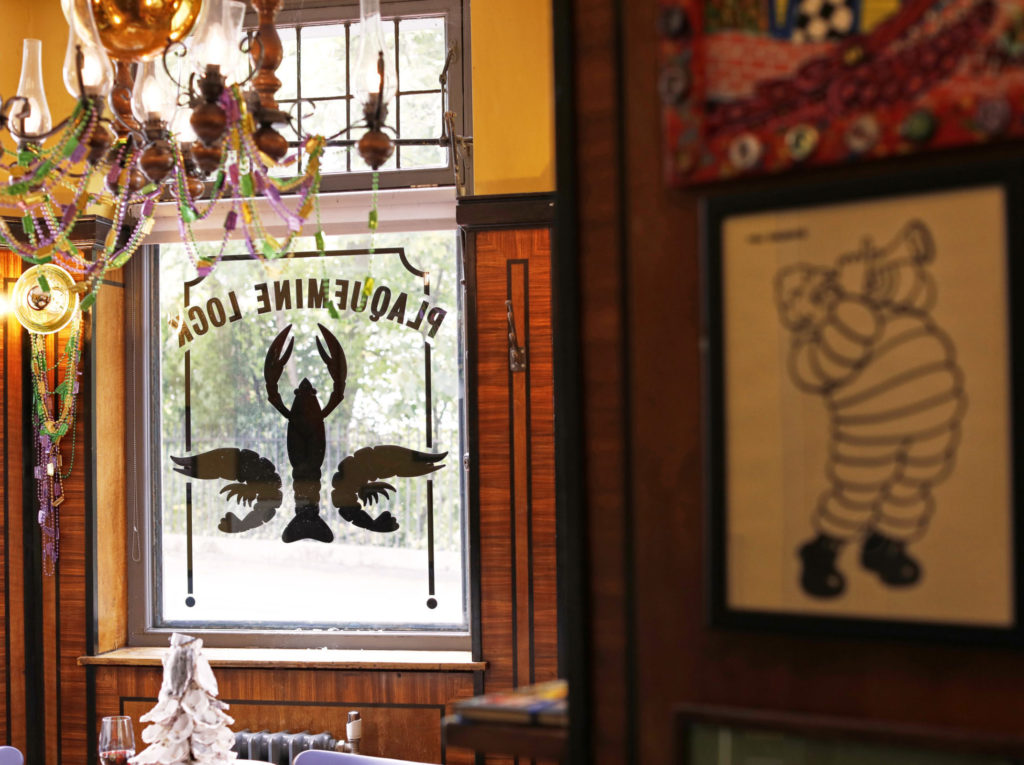

I am growing older – it’s a blessing (as someone recently pointed out to me there is only one alternative to growing older, and it is better to live) – and enjoying it. I have a husband and a 3-year-old son (who already thinks the gelateria belongs to him), and while I continue to cook, to write cookbooks, to consult on others’ projects and to imagine yet others that could be mine, my focus has returned to the home. It is the home, and specifically the table, that I celebrate through my work, after all.

